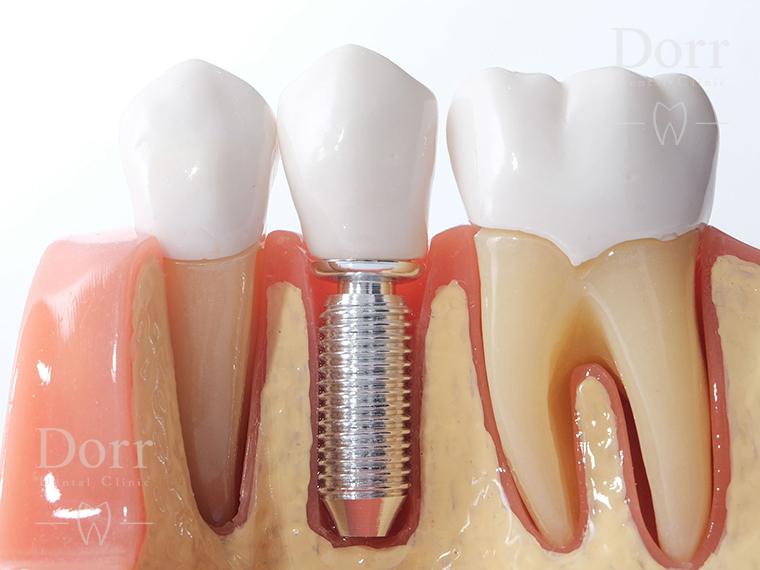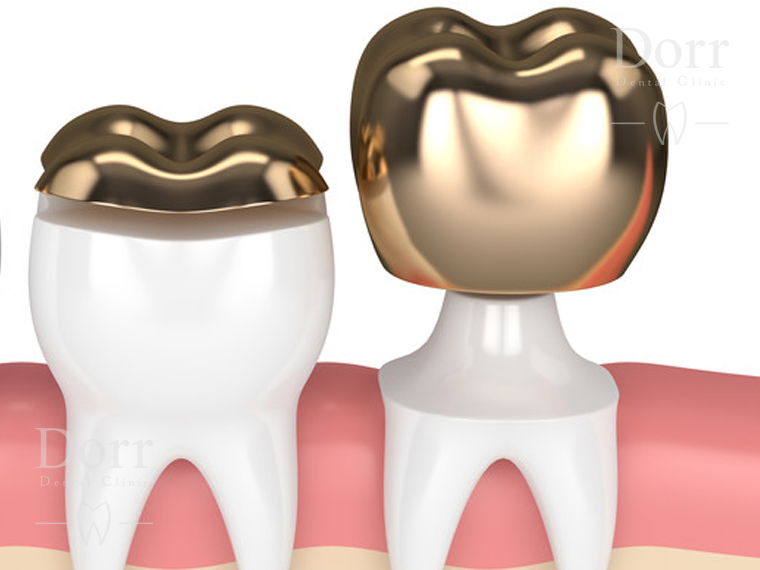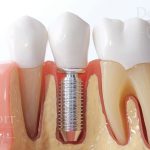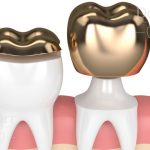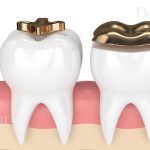

If you have a decayed tooth, first the cavity should be removed and the space filled by special materials. When the cavity is extensive and some part of the tooth structure still is remained undamaged, an inlay is a good alternative to filling. Generally, a dental inlay is the best option for back teeth which are decayed and requires more than a simple and quick filling but less than a dental crown.
Dental filling

It is a treatment option for small to medium size tooth cavities. The procedure includes removing the decayed portion of the tooth and fill the space by special material. The dental filling also uses to repair cracked or broken teeth or teeth which are worn down. For a dental filling procedure, the dentist first applies local anesthesia to the area around the tooth. Then by a drill, laser or an air abrasion instrument remove the decayed portion. The choice of instrument depends on different factors such as dentist training and comfort level, the place and extent of the decay as well as the investment for the instrument.
Then the dentist will prepare and clean the space for filling when ensure that all decay has been removed. After that fill the space by the filling material and then polish the final restoration for comfort bite.
There are different filling materials such as gold, silver amalgam, porcelain, tooth-colored, composite resin fillings, and plastic.
Dental inlay
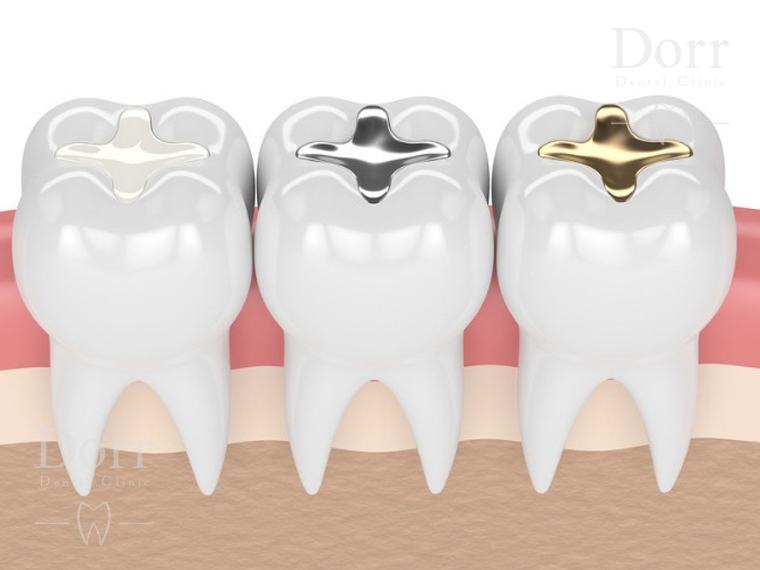
It is a treatment option for large cavities of back teeth where the direct filling is not strong enough. A dental inlay is a good alternative for filling when still some part of the tooth is left undamaged. The inlay procedure applies in two appointments. During the first session, your doctor removes the cavity and clean your tooth. When your doctor prepares your tooth, he/she takes an impression of your tooth and send to the dental lab.
In the second appointment, your custom-made inlay will be placed and cemented in place. Your dentist will check to make sure that it fits in the place and you are comfortable with your inlay.
Difference between inlay and filling
One of the differences between inlays and filling is a direct and indirect approach. A dental filling is a direct and quick process because the restorative dental materials are available in the office and your dentist performs the treatment during one dental visit. But inlay considers as an indirect method because the first tooth needs to be prepared then the dentist takes an impression of your tooth and send to the dental lab. So the procedure applies in two dental visits.
On the other hand, since inlays are custom made materials so they fit exactly to the size and shape of the cavity. More addition inlays less likely conform to the edges of the cavity while the silver amalgam expands and contracts with heat and cold and can crack the tooth.
Inlays preserve your natural, healthy tooth structure compare to the dental filling and looks like your natural tooth. They are more strength to damage and because they are more stable than direct filling, they usually last longer.
Dental inlays are expensive because they are custom-made products and need to be prepared in a dental lab.
General speaking if you have a decayed tooth, your dentist can guide you to understand which option, dental filling or inlay, is the right for you. A dental inlay is a good option for back teeth which requires more than a simple and quick filling but less than a dental crown. An expert and board certified aesthetic and restorative specialist can provide you a natural looking dental inlay.
Difference between onlay and inlay
Dental inlays are used to fill the central part of a damaged tooth, but dentists use onlays for repairing the lateral surfaces or chewing surface of a tooth, too. These biting or chewing parts are called cusps. Depending on the amount of damage, your dentist may restore the entire cusps or just one cusp in onlays.
Inlay and only dental restoration come as the best alternatives to fillings and also a conservative option instead of crown. Inlay and onlay remove more of your tooth structure than for filling but still carve less of your tooth compared with dental crown.
Ask from the doctor

